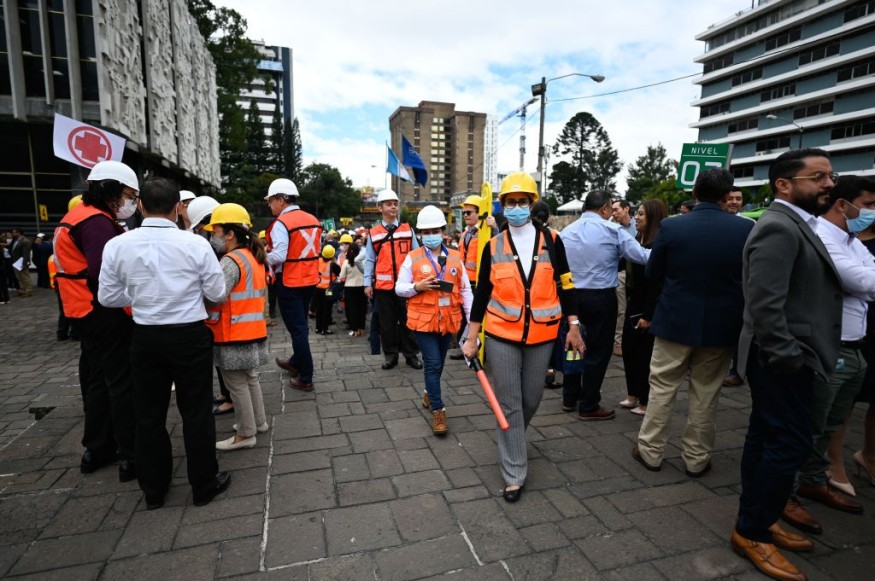The recent report said that a 6.1 quake jolted parts of the Pacific Coast of Guatemala, which was felt in El Salvador.
No major injuries or damages were reported after the earthquake. Authorities monitor the earthquake impacts and potential aftershocks.
Pacific Coast of Guatemala Earthquake

Affected communities should stay updated with the earthquake reports, especially in areas near the Southern Pacific coast of Guatemala. A devastating quake can happen without notice, causing potential damage to life and property.
According to the U.S. Geological Survey (USGS), the earthquake reached 6.1 magnitude. The epicenter was detected in Taxico's town near the Southern portion of Guatemala with a depth of 67 miles.
When the quake jolted the affected areas, some residents evacuated. Initial reports showed that no injuries or casualties were reported.
Also Read : Iceland Faultine: Volcanic Eruption Confirms Boundary Between Tectonic Plates Has Awakened After 800 Years
Earthquake Preparedness in 2024
Homeowners should always prepare for disasters, including powerful earthquakes. Although it is hard to monitor, early preparedness can help people stay safe from potential injuries.
Red Cross warned that quakes could result in aftershocks and mainshocks. It can likely result in tsunamis, eruption, fires, damage to properties and landslides. Having earthquake plans will be helpful when an emergency comes.
Here are essential reminders to keep safe from earthquake emergencies and disasters.
Check your home conditions for repairs or improvements
Homeowners should check their homes for possible improvements or repairs. People should secure all fragile and hazardous materials to avoid falling during quakes.
In addition, the building and home improvement should adhere to the infrastructure policies to ensure it can withstand earthquakes.
Preparing earthquake plans
Family members should prepare an earthquake plan at home. It will become very helpful in challenging situations to stay calm and evacuate into secure areas.
It is best to always remember the Drop, Cover and Hold On to keep safe. Falling debris can be likely due to the shaking, causing a dangerous situation for people. When a tremble occurs, cover your head and drop to avoid being knocked down. Then, hold on to sturdy materials or under tables
Furthermore, people should stay away from cabinets or fragile items that could likely fall.
Storing emergency kits at home
Emergency kits are life-savers for any disasters or emergencies. Homeowners should keep an emergency bag kit and home supplies. The bag kit can be brought in shelters or during evacuations.
The advisable emergency kits are the following:
- Small radio
- Small phone with extra battery
- Bottled water supply
- Food packs
- Flashlight
- Whistle
When an earthquake is over
After the quake, homeowners should still be cautious of falling debris or materials. Keep away from damaged buildings, powerlines and trees. Homeowners should contact their family members, and inform their safety.
Related Article : China Earthquake: Over 12,000 People Displaced, Several Casualties Reported as Aftershocks Continue After 7.1 Quake
For more similar stories, don't forget to follow Nature World News
© 2025 NatureWorldNews.com All rights reserved. Do not reproduce without permission.





